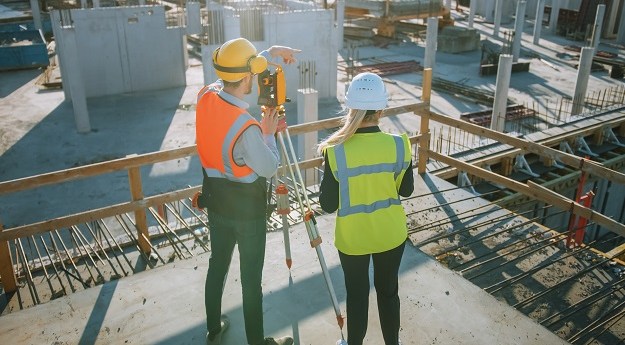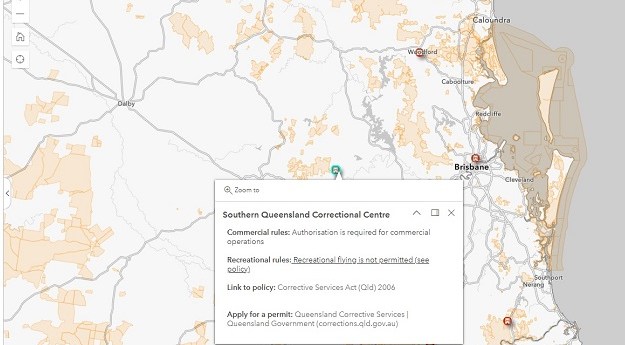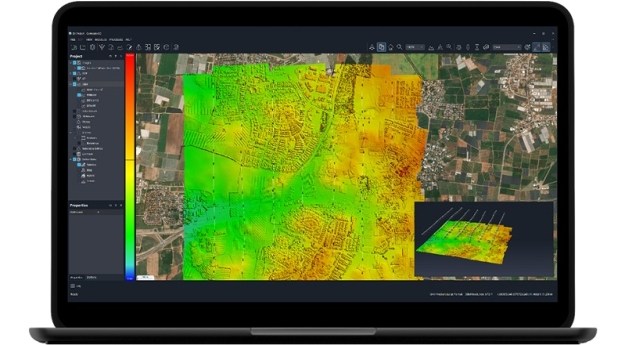
Sonar image of a large iron wreck discovered during the search for MH370, roughly 2,300 kilometres off the coast of Western Australia. Image: WA Museum/Fugro?ATSB.
As the clock ticks on the final days of Ocean Infinity’s search for MH370, new revelations have emerged from the search’s initial phase shedding light on maritime history in the waters off Western Australia.
As Ocean Infinity’s Seabed Constructor carries out its final surveys as part of the firm’s $70 million ‘no cure, no fee’ deal to locate the wreckage of MH370, analysis of data collected during the initial phases of the search has revealed the wrecks of two 19th century merchant trading vessels.
Researchers from the Western Australian Museum say that the wrecks provide tangible archaeological evidence for the ‘Roaring 40s’ trade route for ships travelling between Europe, North America, Australia, New Zealand, India, Southeast Asia, China and Japan.
Dr. Ross Anderson, Curator of Maritime Archaeology at the Western Australian Museum, performed the investigation on sonar and video data captured by the Fugro Equator and Havilah Harmony in May and December 2015.
“Both wrecks were found at depths between 3,700 and 3,900 metres, roughly 36 kilometres apart. We used a combination of all of the data supplied by the ATSB, historical research and maritime archaeological analyses to determine both wrecks were in fact 19th Century merchant sailing ships – one wooden and one iron – both carrying coal,” Dr. Anderson said.

Anchor discovered at the site of the wooden wreck, identified as an Admiralty-type, iron stocked anchor with stud link chain attached. Image: Fugro/ATSB/WA Museum.
None of the timber vessel’s hull or decking was detectable at the site, having apparently degraded, leaving only metal fittings and fastening, along with evidence of the ship’s coal cargo.
“The evidence points to the ship sinking as a result of a catastrophic event such as explosion, which was common in the transport of coal cargoes,” Dr Anderson said.
“One very interesting find was a large rectangular metal object of 6 metres in length, which was the biggest feature discovered on the site. This was identified as a ship’s iron water tank.”
The wreck of the iron ship was relatively intact, lying upright on the seabed with deck rails and stanchions on the bow visible, along with portholes at the stern. Survey evidence allowed the ship to be identified as an iron sailing ship between 1,000 and 1,500 tons, with at least two decks.
The Western Australian Museum said that both ships are likely to have carried crews of 15 to 30 men, and the captains may have had their families with them. Dr. Anderson said that while positive identification is not possible, records from predominantly British shipping sources do identify some prime candidates.
“For the wooden ship the brig W. Gordon and the barque Magdala are two possible candidates; for the iron ship the barques Kooringa (1894), Lake Ontario (1897) and West Ridge (1883) are possible, with the West Ridge best fitting the evidence,” he said.

The iron ship would have closely resembled the 3-masted iron barque Kooringa, which
disappeared in the Indian Ocean in 1894 while on a voyage from London to Brisbane Image: WA Museum/A.D. Edwardes Collection/ State Library of South Australia.












